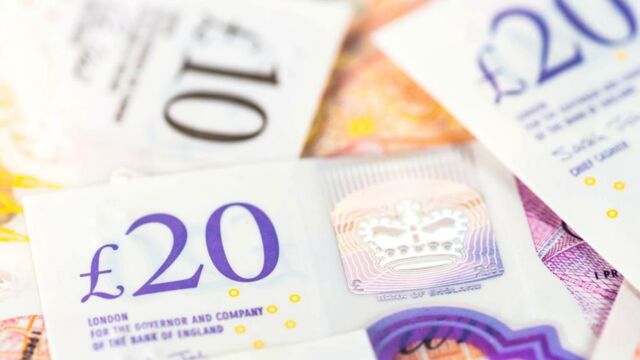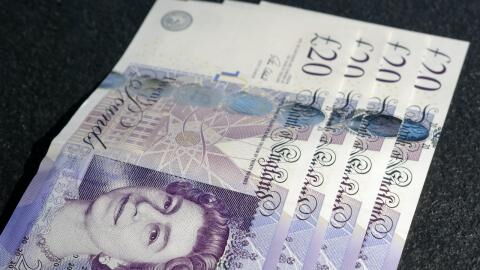The cost of living crisis is something that affects all Brits as the UK deals with inflation and high energy bills - but some are struggling more than others. The Department for Work and Pensions (DWP) issues extra payments to help those in need of more support who are already getting certain benefits of tax credits.
Discover our latest podcast
The first of three payments - that amount in total to £900 of financial help - went out earlier this year. The second should arrive in bank accounts between 31 October and 19 November. The third and final payment is due for 2024, and a recent update to Gov.uk’s website shows that it is set to arrive sooner than initially expected. Here’s everything you need to know.
When to expect this cost of living payment
At first, the government’s outline of the payment dates stated that the 2024 payment would be made ‘from Spring 2024’. A recent update on Gov.uk, however, shows that this has changed: this paymentshould now arrive in bank accounts ‘by Spring 2024’.
The first day of spring is 21 March in 2024, so people can expect the payment to arrive in their bank accounts before March 20. There is no need to apply, the payment will be made automatically.
To be eligible, you have to receive at least one of the following:
- Universal Credit
- Income-based Jobseekers Allowance
- Income-related Employment and Support Allowance
- Income Support
- Working Tax Credit
- Child Tax Credit
- Pension Credit
Are these cost of living payments effective?
Mel Stride, Secretary of State for Work and Pensions, believes that these payments are effective in protecting the most vulnerable Brits:
The best way we can boost bank balances is by bearing down on inflation, but as we get there, we are ensuring the most vulnerable households are cushioned from high prices with a further Cost of Living payment.
Jeremy Hunt, Chancellor of the Exchequer, agrees that ‘it is also right that we are helping the most vulnerable in our society, and this latest Cost of Living payment is part of a package of support worth £3,300 per household on average over this year and last to help those struggling the most’.
However, not everyone is convinced that this initiative does much to help Britain's most vulnerable households. IFS research released this summer suggested that the payments ‘facilitated higher spending for low-income households, they were not targeted at those most in need – and their occasional, lump-sum nature created additional difficulties.’
Similarly, The Conversation’s findings, carried out through projects with the University of York’s Cost of Living Research Group, ‘show that these governmental interventions have not helped the country’s most vulnerable people’. They suggest that three main issues needed to be addressed: child poverty, fuel poverty, and local authority welfare funding.
So, though these payments may be a step in the right direction, opinion is divided on whether they are really succeeding in their mission to protect Brits who are struggling the most.
Read more:
⋙ Here's how much you could get off your electricity bill as the Warm Home Discount Scheme opens
⋙ 4 energy-saving hacks that will keep you warm this frosty winter
⋙ This is how much money you should have in your savings account
Sources used:
The Conversation: The cost of living crisis can’t wait for the next election: three key issues the UK government needs to tackle now
IFS: Lump-sum cost of living payments poorly designed to alleviate deprivation
In Your Area: DWP brings forward £299 cost of living payment date















